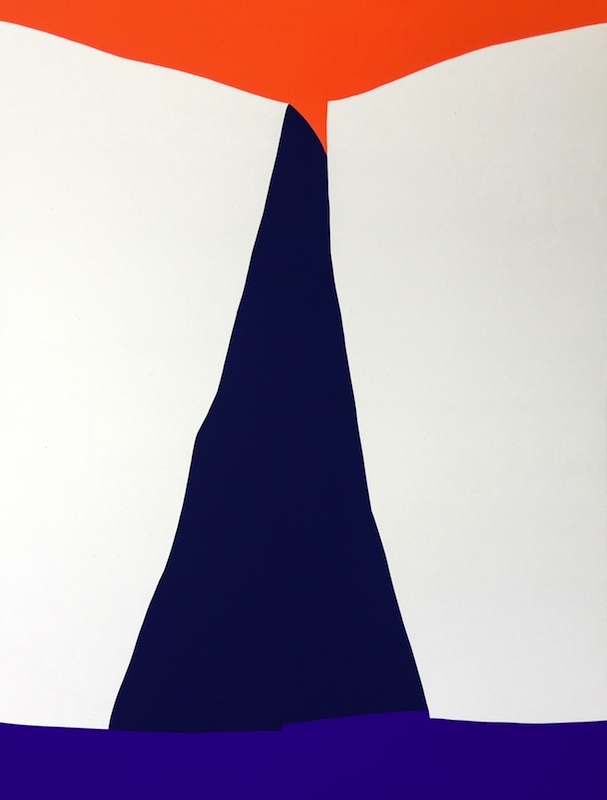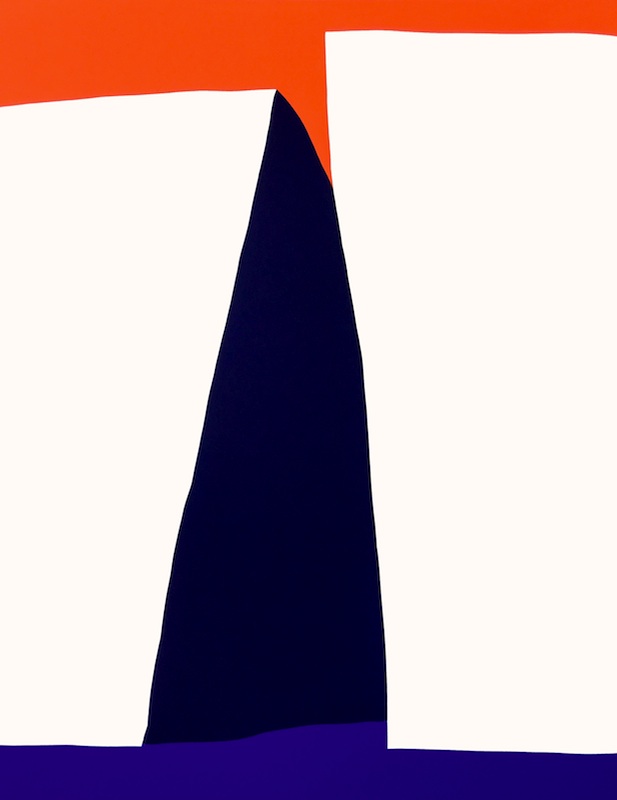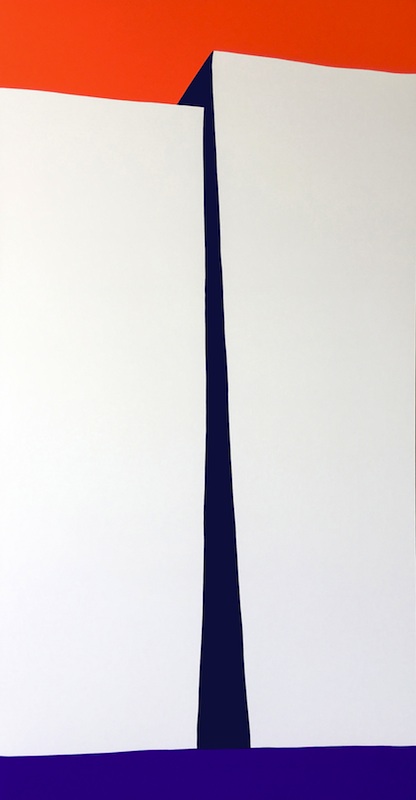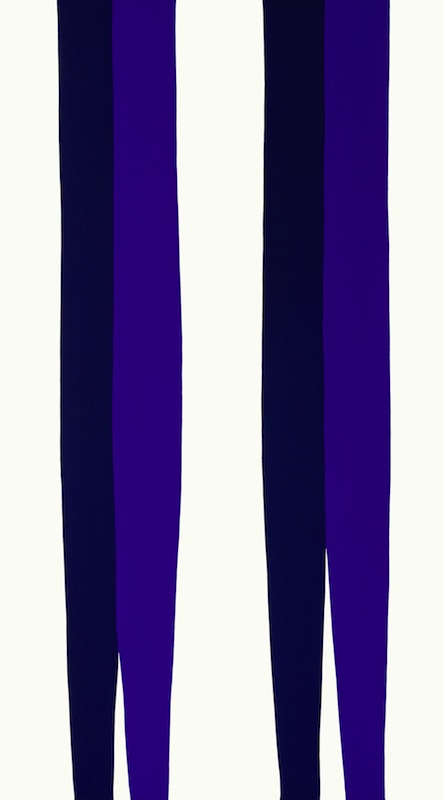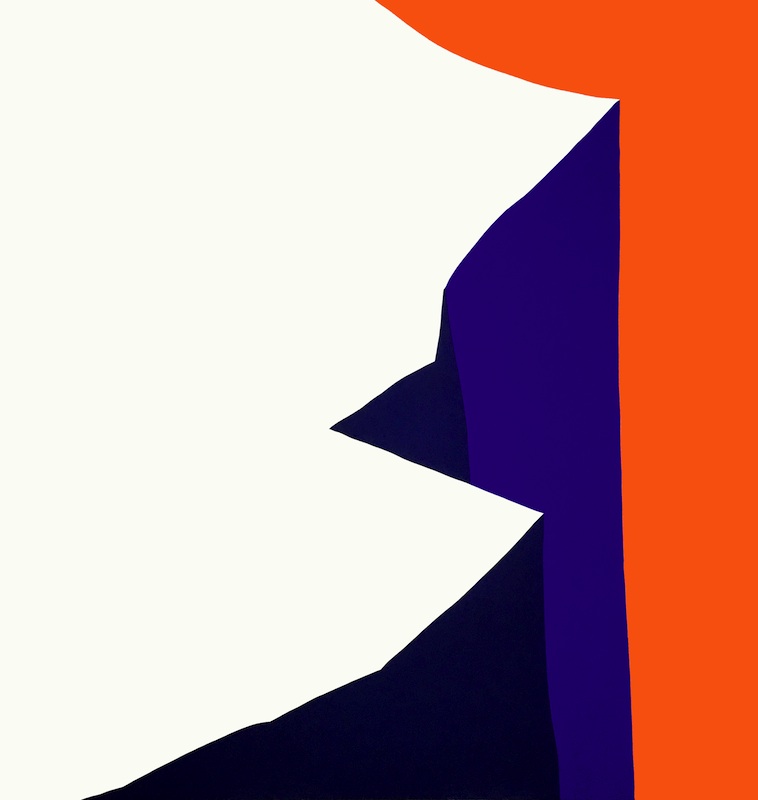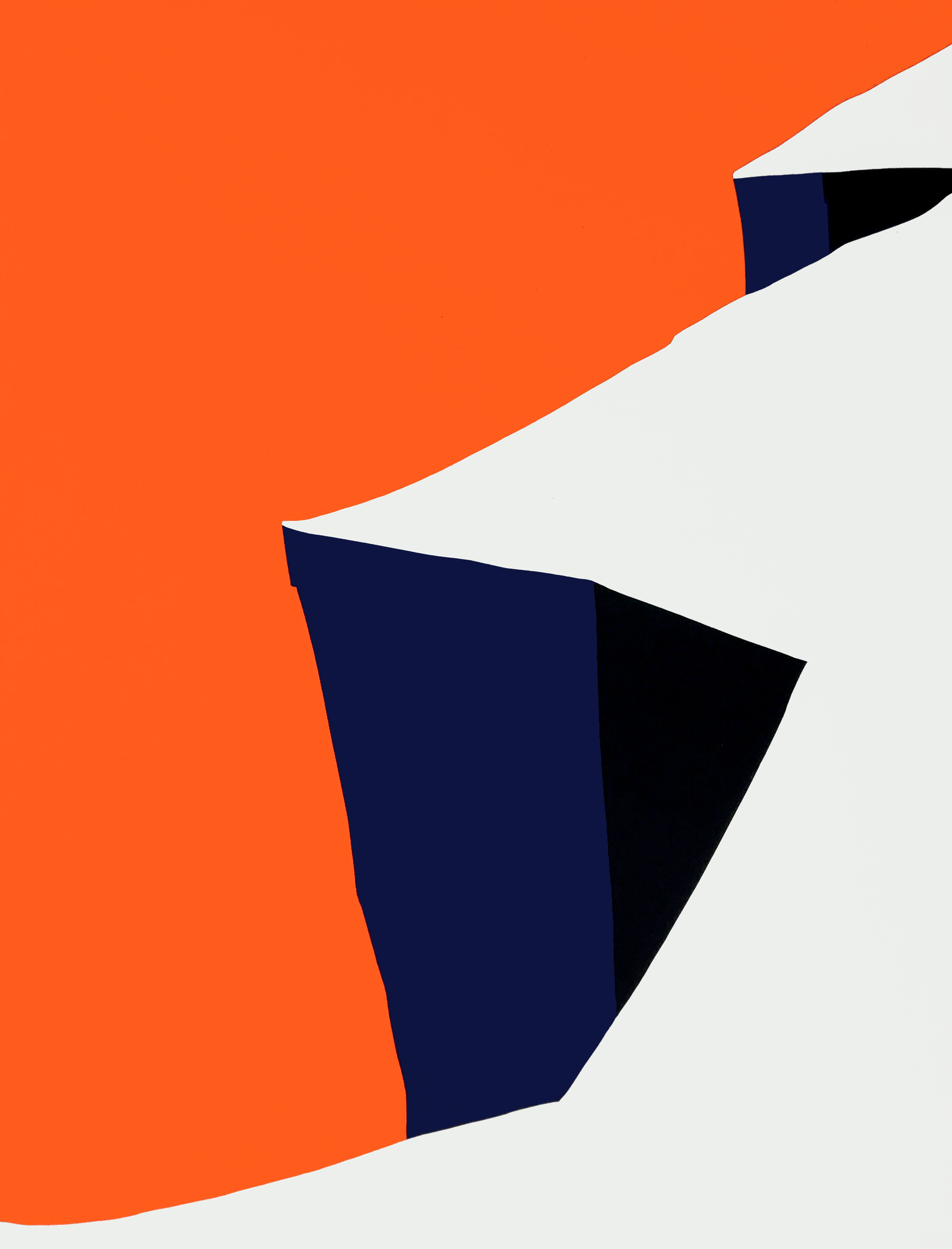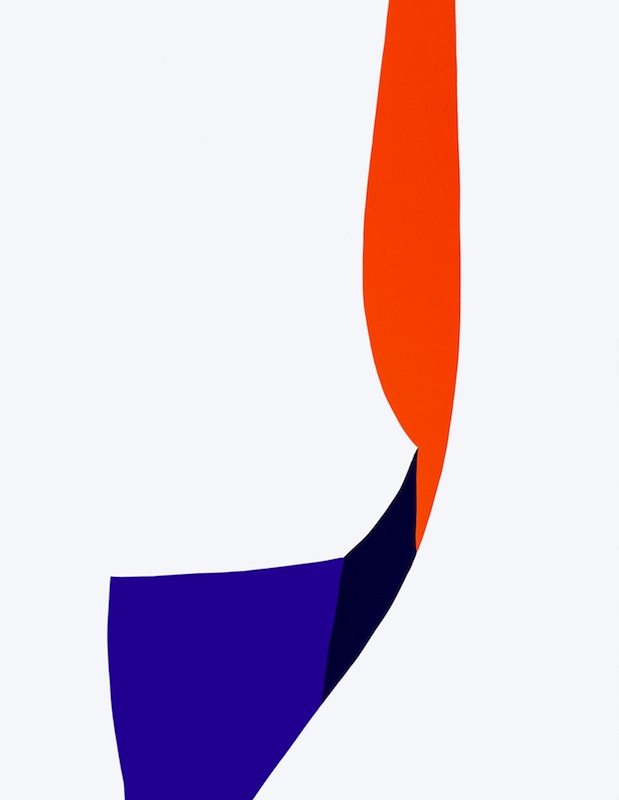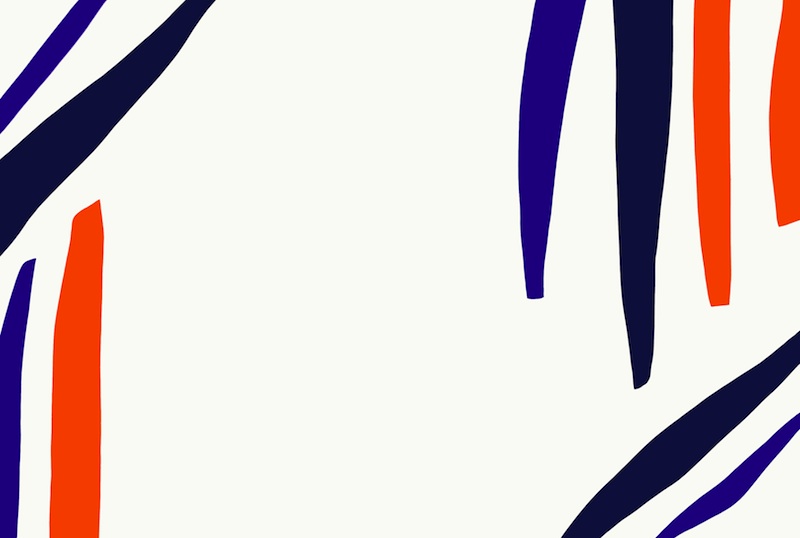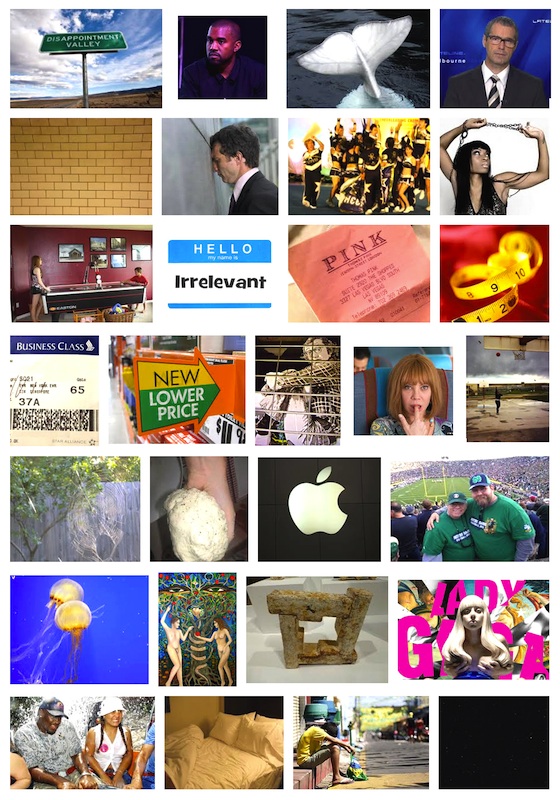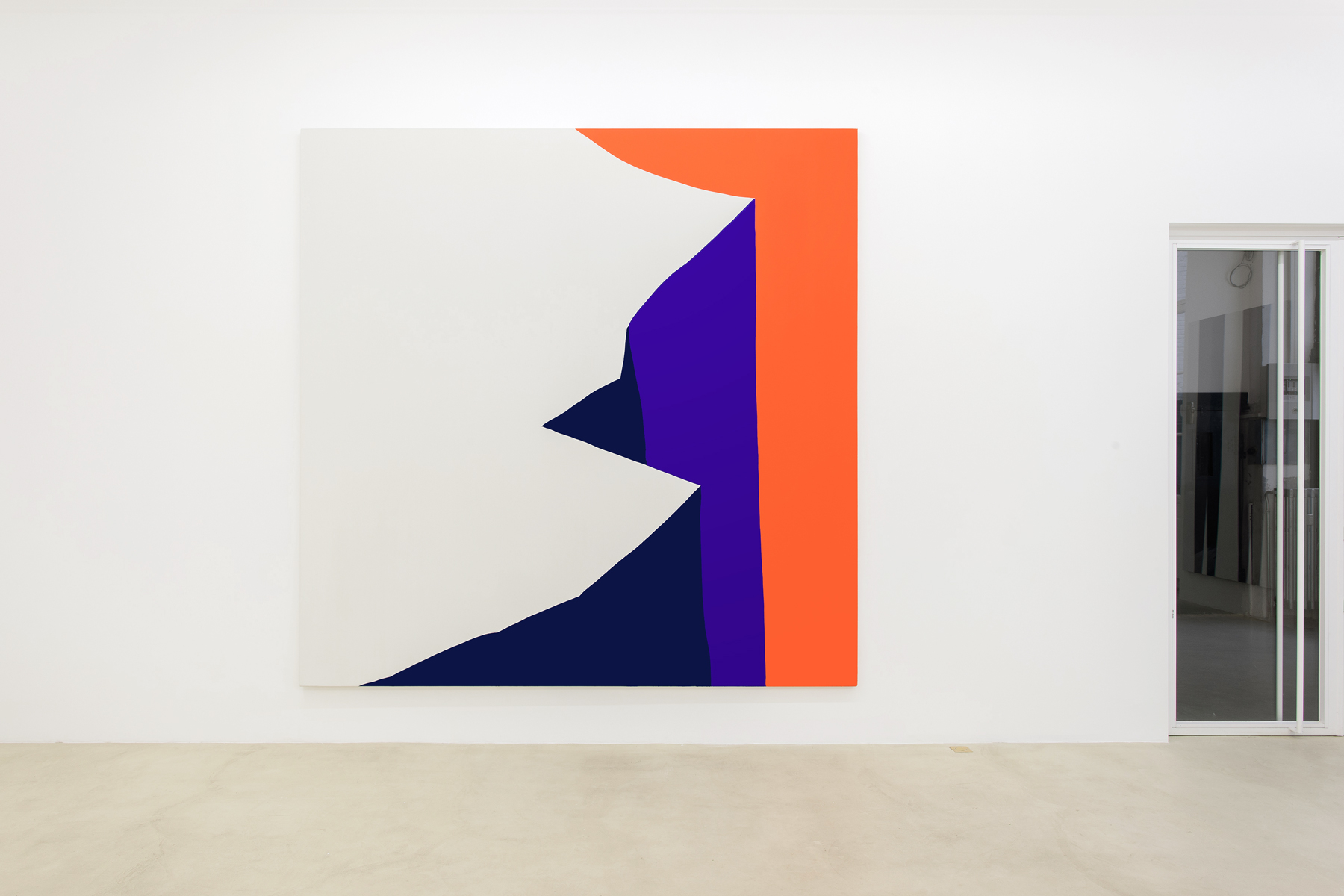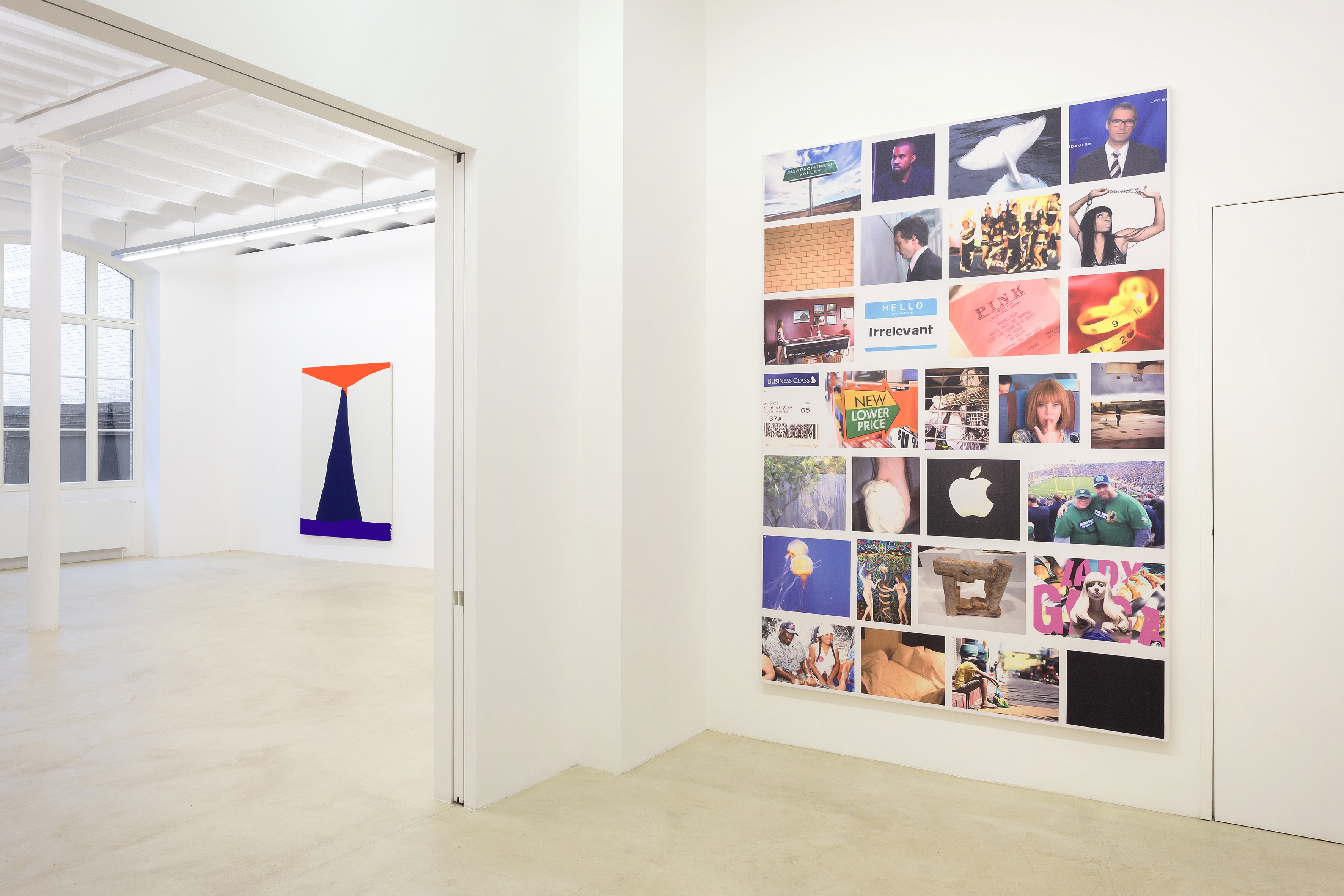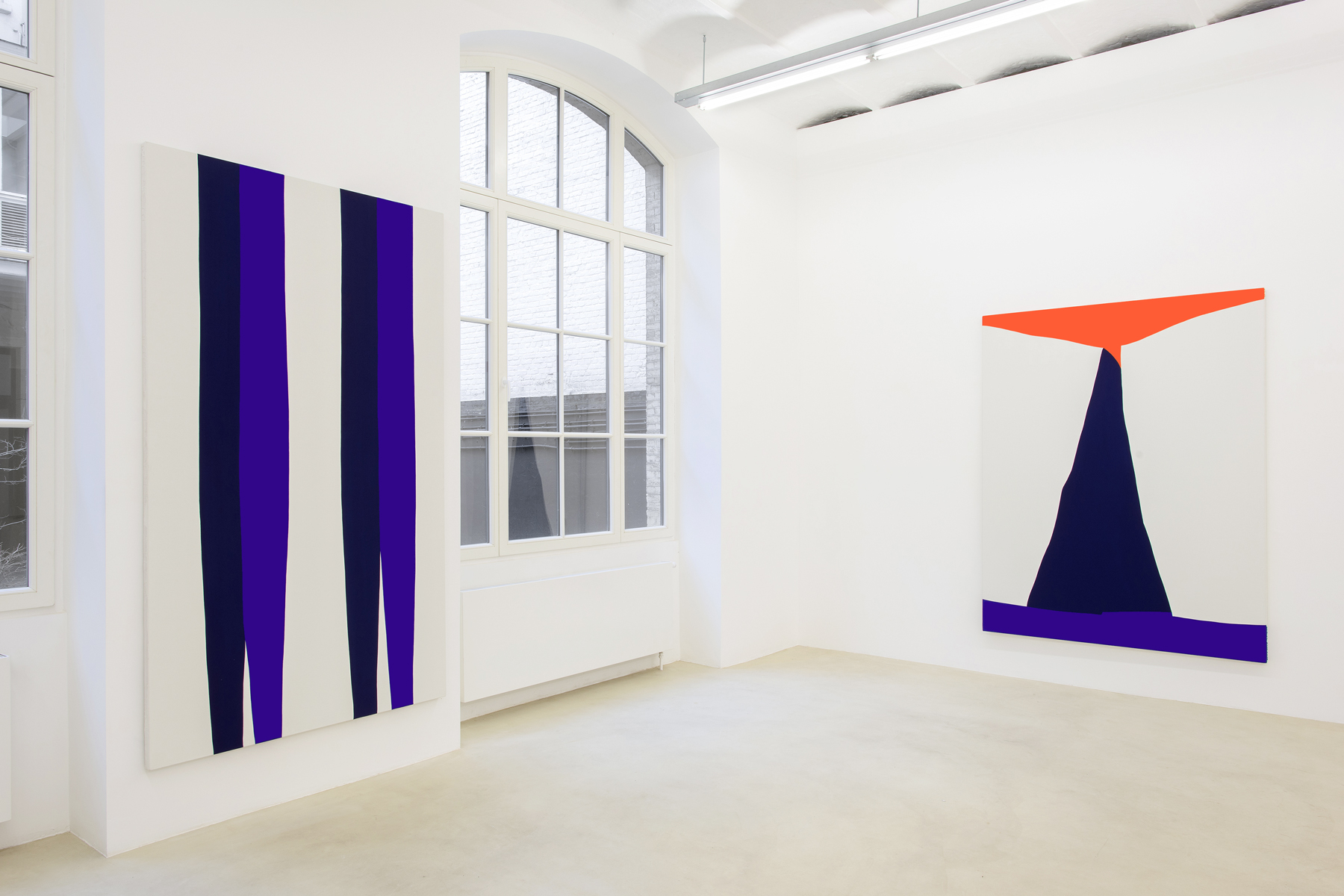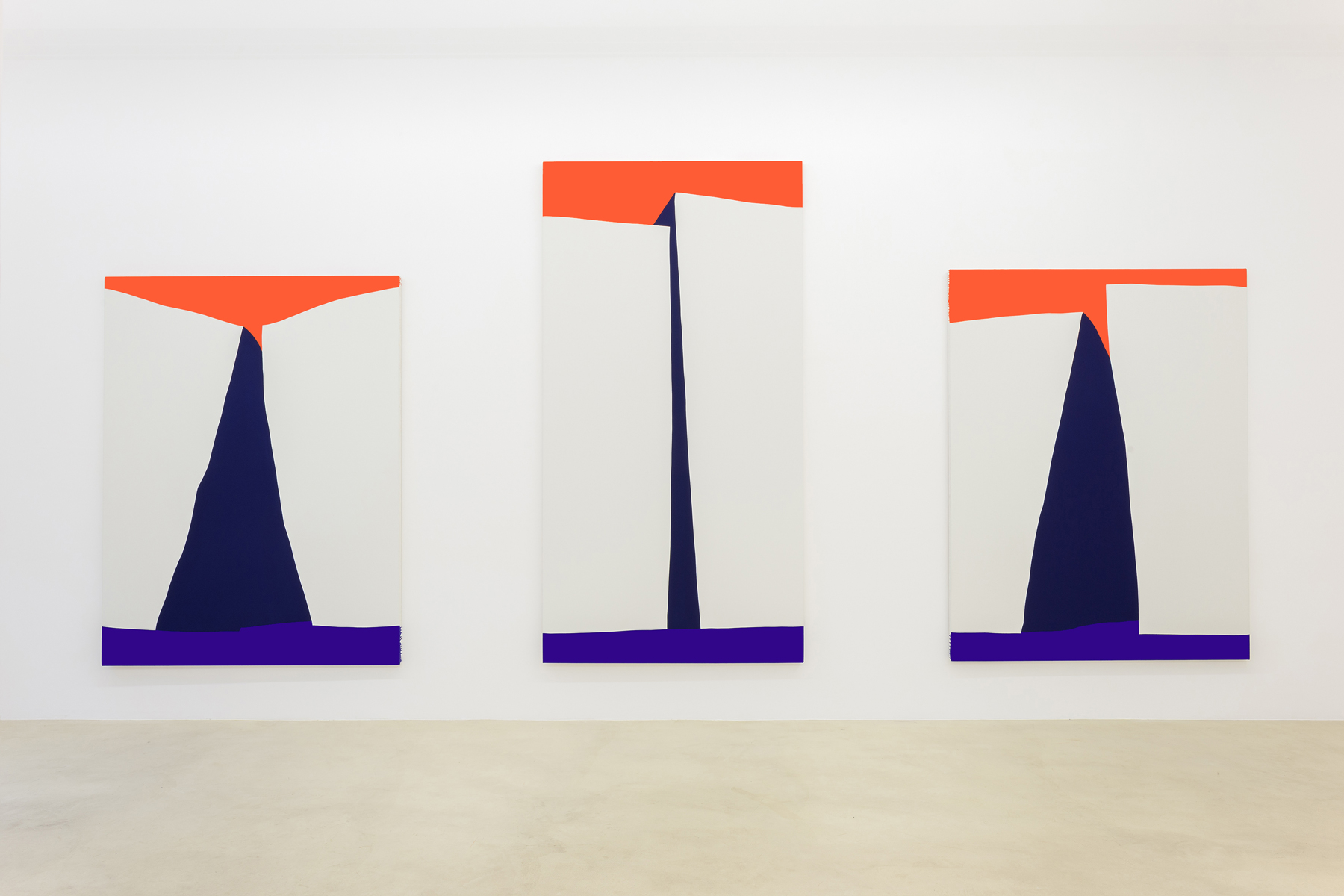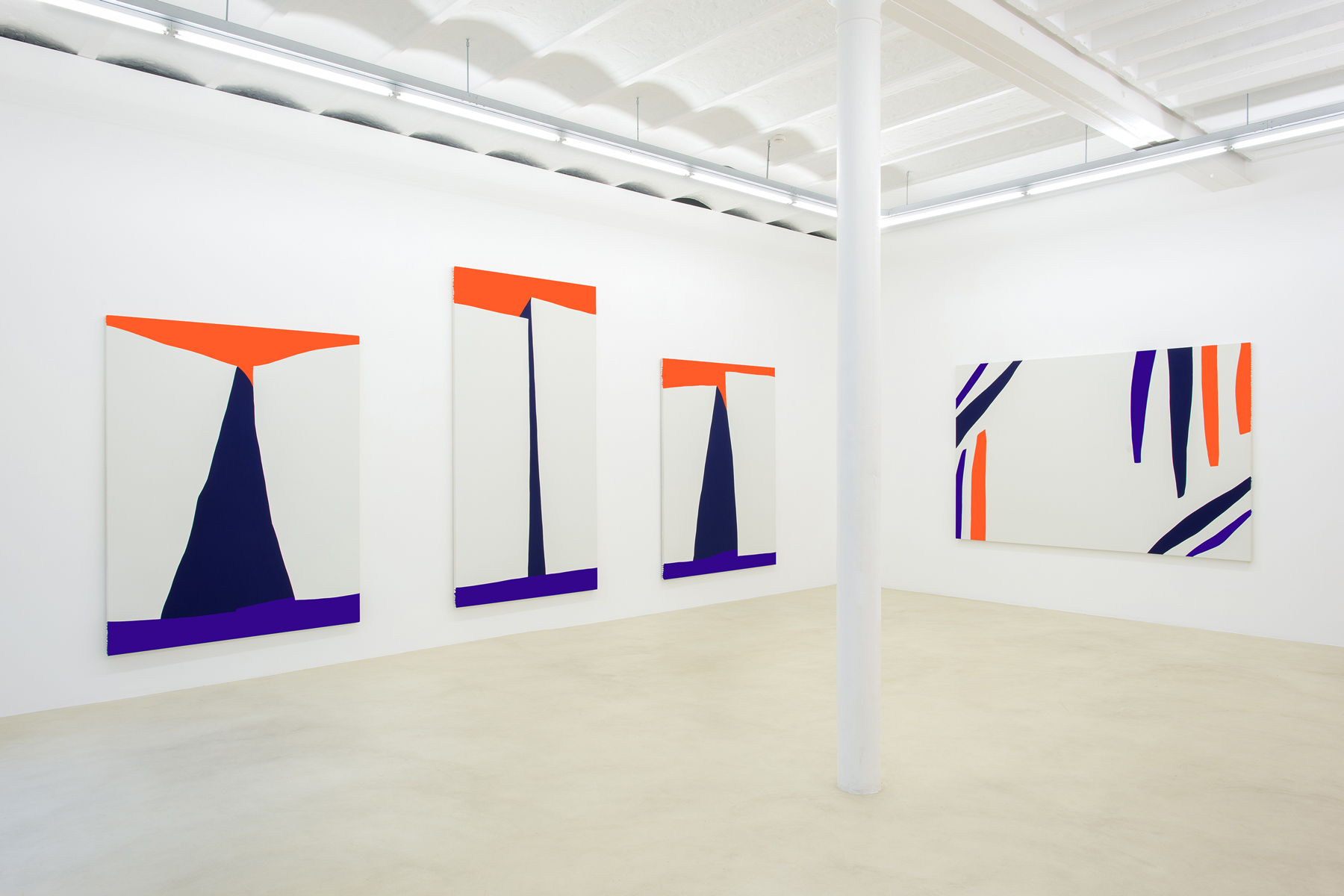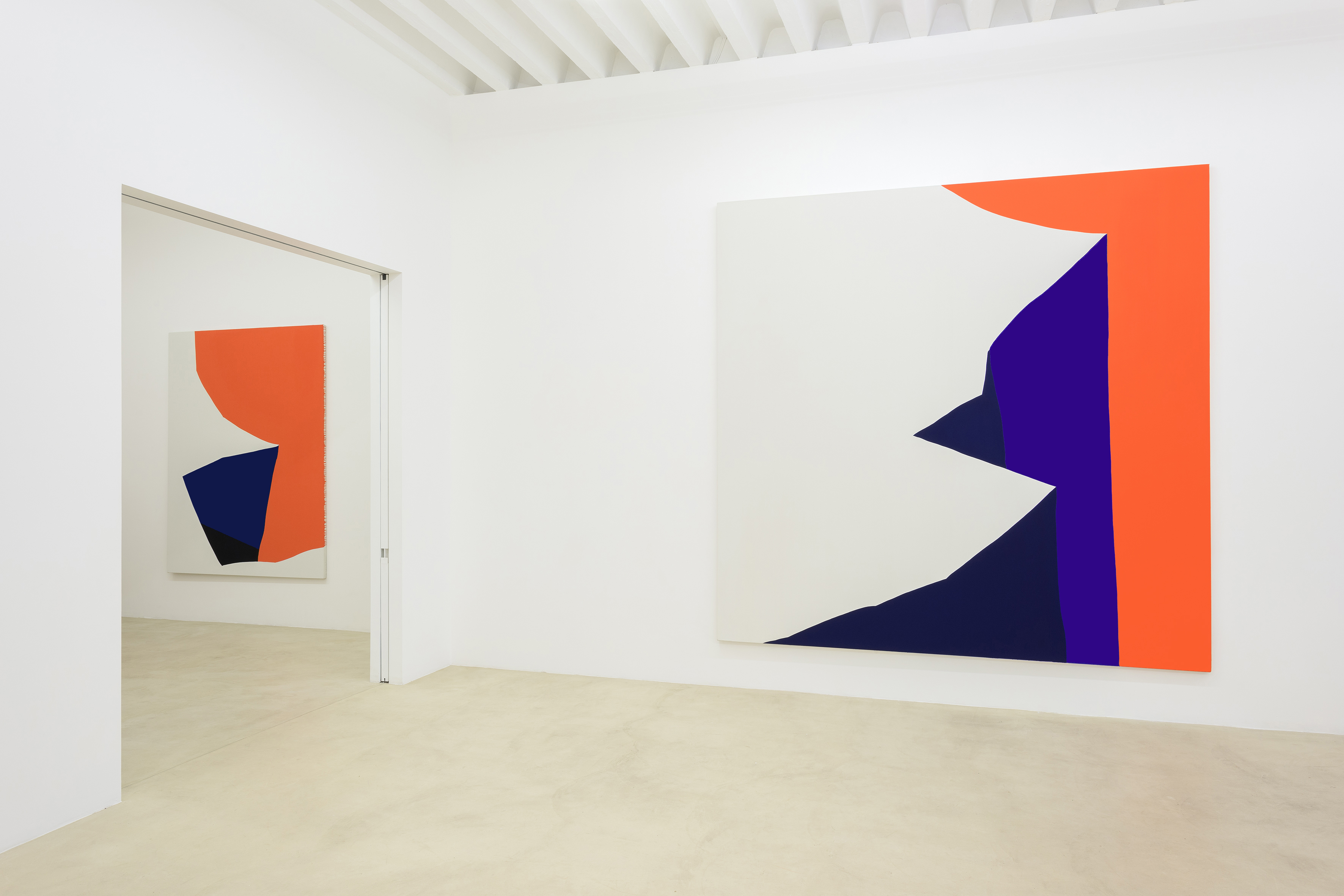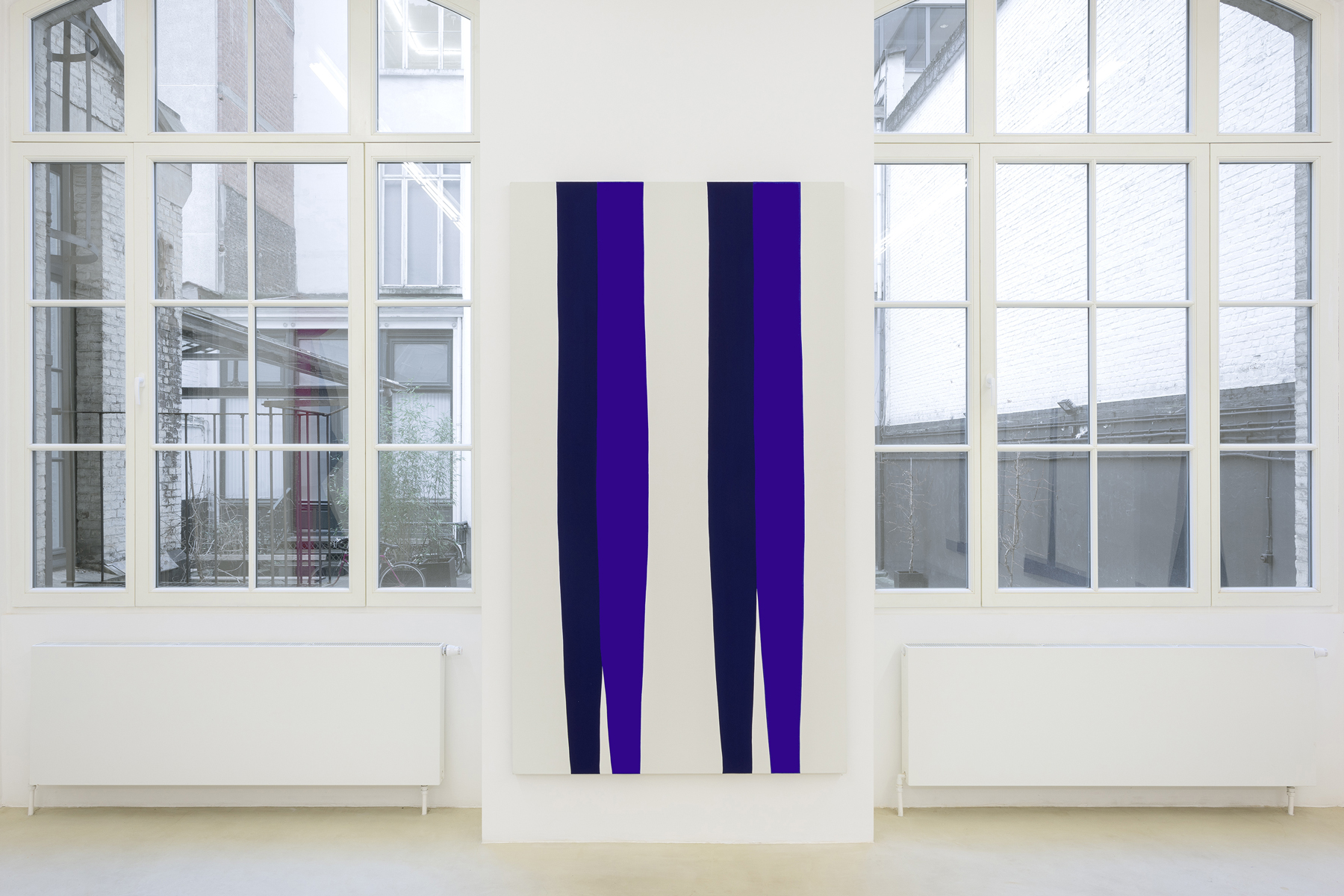Next Artist
Ben CrasePaul Kremer
Paul Kremer?s Legibility
by Alex Bacon
For many years, the biomorphic lineage of abstract art has been one of its less-
examined aspects despite the strength, even dominance, which this genre exerted
on an international scale from the 1920s through the 1960s across a range of artistic
mediums: in painting, the Purism of Le Corbusier and Leger and the striking role of
the circle in the work of artists from Kandinsky to Auguste Herbin and Lazlo
Moholy-Nagy. In sculpture, the curvilinear carvings of Hans Arp, Barbara Hepworth,
and Isamu Noguchi. Even in architecture and design this imperative found its
expression in the work of Oscar Niemeyer, Charlotte Perriand, and late Le Corbusier.
One of the canonical narratives of 1960s art history is the gradual ?straightening-
out? of flowing forms into the geometries associated with advanced art of that
period. For example, Kenneth Noland and Jules Olitski?s expansive stains of the first
half of the decade were, by its mid-point, increasingly redirected into regularized
striations covering the picture plane, to the point of at times approaching the
monochrome. However, at the same time other artists, like Jack Youngerman and
Leon Polk Smith, continued to adhere more exclusively to a biomorphic imperative
in their art.
Also, certain artists of an older generation, such as Josef Albers and Max Bill (both of
whom were influential pedagogues), found it possible to oscillate between organic
and strictly geometric ways of working. Ellsworth Kelly is another artist who found
it possible to move between ordered grids and active shapes. These vacillations
demonstrate the relationship between biomorphic and geometric forms?both
being ways of organizing and presenting information (whether visual, textual, or
otherwise), if different ones?and, by extension, the connection between color field
and minimal ways of working. Each rely on a different set of forms, but both are
based on the idea of a vocabulary by which a work of art can communicate directly
with its audience via bodily association rather than linguistic convention. A cube
speaks to our associations with a host of objects, from tables to houses, while a
semi-circle may conjure a memory of the way a baseball feels in our hand or a
glimpse of the moon at night.
Today the tide is turning in terms of a renewed interest in biomorphic form as a
younger generation rediscovers its aesthetic possibilities. The strength of Paul
Kremer?s art, which stems from its organic subject matter, exemplifies this change.
In terms of its language, Kremer?s forms address a specifically American strand of
biomorphism, as expressed in the work of artists like Kelly, Olitski, Polk Smith, and
Youngerman. Like theirs, Kremer?s work eschews the pseudo-scientific vitalism of
the earlier European strand of biomorphic work?the almost molecular, amoeba-
like shapes in Arp?s reliefs, for example?by recognizing the sinister, Nazi
implications this took on in the 1930s and 1940s. At this point the same biological
logic that underwrote the radicality of an artist like Arp was redirected into the
racist phrenology that justified the fascist artistic interest in neo-classical
representations of virile, armored bodies.
Instead, those Americans at mid-century posited a more abstract and formalist
approach, but one that was rooted in the immediacy and primacy of everyday forms
of experience, and the same is true for contemporary artists like Kremer.
Abstracting from familiar forms, even if taking them far beyond immediate
recognizability, enables Kremer, as it did those historical artists, to harness the
sensations that arise from our day-to- day encounters ?whether the impressive
profile of a boulder or the sensual curve of a hip?so as to imbue the heraldic forms
that appear in their paintings with immediacy and an affective impact.
Consider Ellsworth Kelly?s White Plaque: Bridge Arch and Reflection, 1951-55, which
transforms the reflected light of a bridge over the Seine River into an abstract play
of twinned forms and positive and negative space that can only be reduced to the
original source material once it is explained. Now think about Paul Kremer?s
Crawler, in which a large creamsicle form lodged in the upper section of the canvas
spills down the middle and either side, suggesting both the body and legs of a
creature, as well as the simple impact of gravity on a liquid. The title is deliberate
allowing the work to not represent any particular animal, but rather summoning
that inevitable allusion to a four-legged creature, so as to yoke it to an abstract form.
There is a playfulness and humor in this image and its title; one that is even clearer
in a work like Chomper, the title of which implies a set of teeth and jawbones and
lends the work?s arching forms a comic angle.
Many of Kremer?s titles suggest the names that children give to things based on their
actions, uses, or physical attributes more so than their technical or scientific
classifications. As such, Kremer?s abstract forms suggest a range of things: from
sounds (Chime/Ringer), to times of day (Day/Night), to physical actions (Dive, Float,
Pinch), to the activities of materials (Flow), and of animals (Crawler, Chomper,
Hopper). Yet it is important to recognize that these works are not reducible to their
titles, which are left open-ended for a reason as is the content. As much as the titles
invite us to indulge in associative ways of thinking and render meaning out of
abstract form, so the liminal legibility of Kremer?s images challenges that impulse.
Think again of Crawler; careful examination of the image shows exactly how that
connection comes about, and all the imaginative additions needed, on the part of the
viewer, to read it as an animal of sorts.
Ultimately, Kremer wants to play with his audience?s associations so as not to too
simply and easily provide keys to the work?s meaning. His ultimate goal appears to
be, as it was with earlier generations of artists, to find forms that can be imbued
with definitive, yet non-allusive meaning. In Kremer?s works, this is clearest in his
paintings that are based less on worldly entities and more on abstract feelings such
as Hover, Hopper, Dive, etc. The role of color in his works, and his favored limited,
but bright palette consisting primarily of green, orange, and blue, paired with more
neutral black, white, and grey tones is significant. Some are evocative of Jules
Olitski?s biomorphic stain paintings from the early 1960s, while others take on th
buoyant organic geometry of Ellsworth Kelly?s shapes but almost as if seen through
the lens of a children?s coloring book. Kremer?s lines are sharp but not hard-edged.
In this way, they resemble collage and perhaps most closely, Matisse?s use of the
form in the more abstract parts of Jazz, which achieve a graphic clarity.
In terms of structure, Kremer?s paintings are perhaps closest to Kelly?s in the way
that they find a stable architecture in their resolute two-dimensionality. For Kelly,
this emerges from his references to the built environment, from which he derives
his forms: in the arcs of bridges, the lines of handrails, and the grids of windows, for
example. Kremer?s colors are often arranged in bold contrasts, such as in Float 4
where the base of a dome-like orange shape is submerged in a teal rectangle. The
parts that overlap approach black, creating a strong sense of both downward
movement and overall balance that suggest the floating sensation of the title. This is
true also of Hopper 3 where a navy plane is sandwiched between two passages of
white, and bordered on the left by a column of strident orange, giving us the feeling
of a curving movement analogous to the quick, fervent motion of hopping. It also
cannot be ignored that, as much as the title evokes an action, so too does it suggest
the compositions of the American artist Edward Hopper, such as the freighted
juxtaposition of sky and architecture in paintings like Early Sunday Morning or
Rooms by the Sea. Another example of the plurality of references Kremer?s works
conjure up.
All of this may seem highly formalist in orientation. However if we consider the
context provided by the system of semantic possibilities for the image in which the
painting operates, a political valence for its approach becomes evident. Kremer?s
resistance to any definitive meaning must be understood in relation to the
problematics surrounding the efficacy of images to stand for anything today. As
David Joselit has recently argued (?Material Witness,? Artforum [February 2015]),
we can no longer (if we ever could) suppose that images stand for themselves, the
indexical nature of the photograph ensuring that it testifies to something concrete.
Real world events such as the inability for a grand jury to indict the police officer
who choked Eric Garner to death on Staten Island, despite the existence and
circulation of an explicit video recording documenting the event, demonstrates this.
In the face of such a seeming impossibility of meaning inhering in things in a
definitive way, of such a deep skepticism about the putative truth-value of an image,
or rather, more accurately, an apathy around it, perhaps the only response is a self-
consciously unresolved image. Or perhaps more accurately, one that, in seeming to
be so, can sneak through what turns out to be an overloaded plethora of meanings,
responsive as it is to the injunctions of both viewers and the various sites in which
both the painting and images of it circulate.
That Kremer is interested in this aspect of the work?s many lives is evident when
we consider the many online spaces he is involved in?from Great Art in Ugly
Rooms to Art Scrub?which explore the ways in which images of artworks function
both virtually and in the world. It must be said, as a way of concluding, that Kremer
always injects humor into his compositions. This allows his particular take on the
poverty of images to have a playful, even hopeful quality. Suggesting that our
confrontation with this situation might eventually lead to its improvement.
